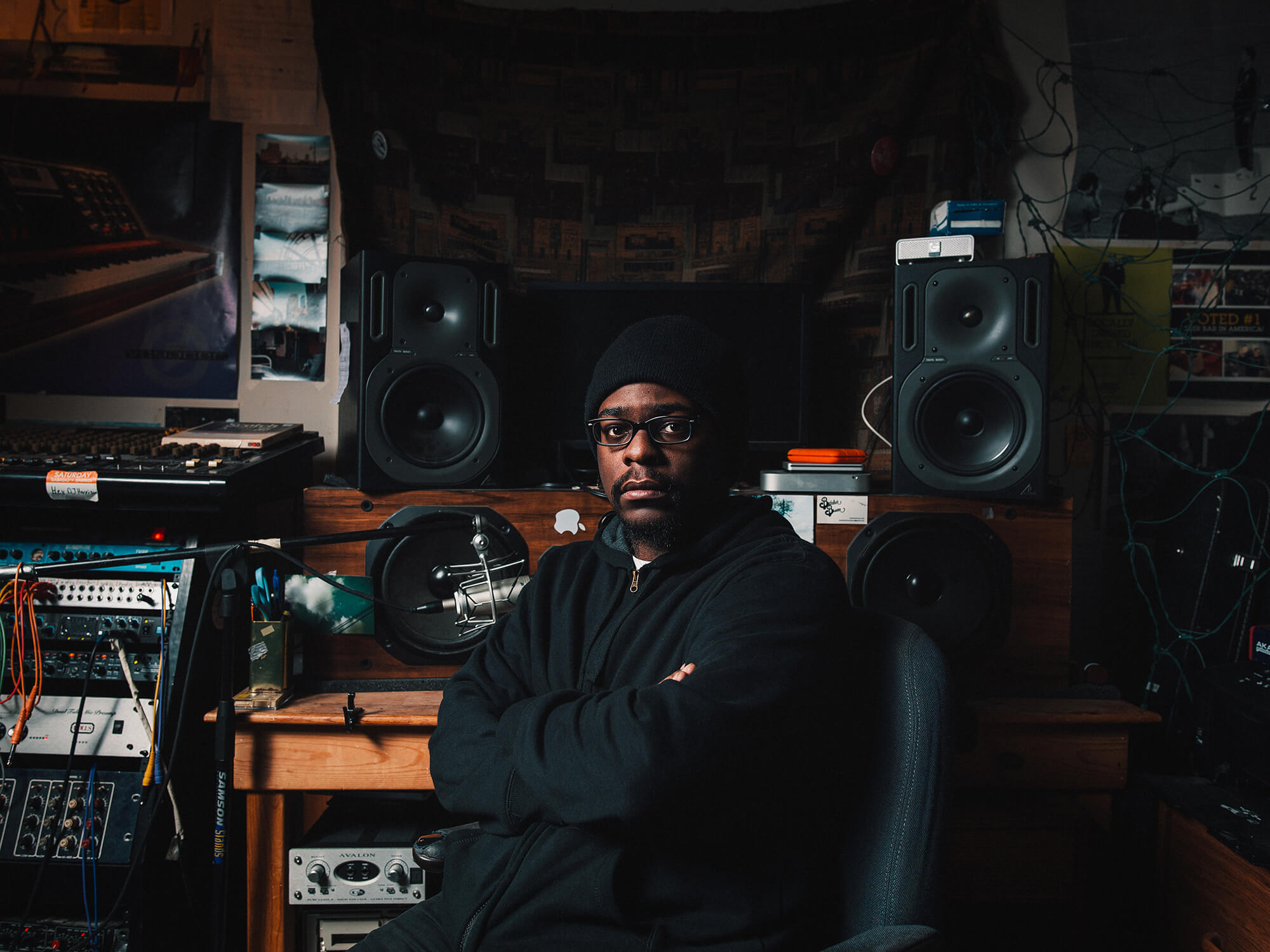
Show Off Your Studio: DJ Harrison’s Jellowstone studio is an analogue paradise
The Butcher Brown bandmember reveals the gear that allowed him to create his latest LP, Tales from the Old Dominion.
To say that multi-instrumentalist DJ Harrison is prolific is an understatement. The solo musician, beatmaker, DJ and band member of jazz-funk group Butcher Brown has collaborated with the likes of Steve Arrington, Joyce Wrice, Kurt Elling and Jack White, and has an extensive list of credits. He’s just dropped his second solo LP, too, on Peanut Butter Wolf’s prestigious Stones Throw Records.
DJ Harrison recorded Tales of the Old Dominion in his Jellowstone Studio off the back of Black Lives Matter protests in 2020. Being around the movement, seeing monuments toppled and an overwhelming feeling of hope in the community, inspired him to pay tribute to his hometown of Richmond, Virginia, and the culture that gave root to gospel, blues, jazz and R&B. We venture into Jellowstone to learn how he crafted the album with tape machines, samplers, and a lot of pedals. He also reveals why the album’s covers of Jimi Hendrix and Roy Ayers are like homework to DJ Harrison.
Hey DJ Harrison! Tales from the Old Dominion spans genres and pays homage to your hometown of Richmond, Virginia. Can you tell us a bit about what inspired you to create it?
I wanted to aurally paint a picture of what my life is like living here in Richmond, all the different people and cultures that come together. Also, the different movements going on around me during the time of creating the album – a global pandemic, BLM protests, etc. I wanted to capture this chapter of my life through music. Listening to records, watching concerts, and watching interviews assisted with inspiration.
There are covers of Hendrix and Roy Ayers on this record. What made you give those classic tracks your own spin?
Doing covers for me, in a way, is like homework: I get to dig in on the inner workings of a song and how it’s sculpted. With these two in particular, I was trying to remix them with other ideas and inflections to try some different things and see where I could take it.
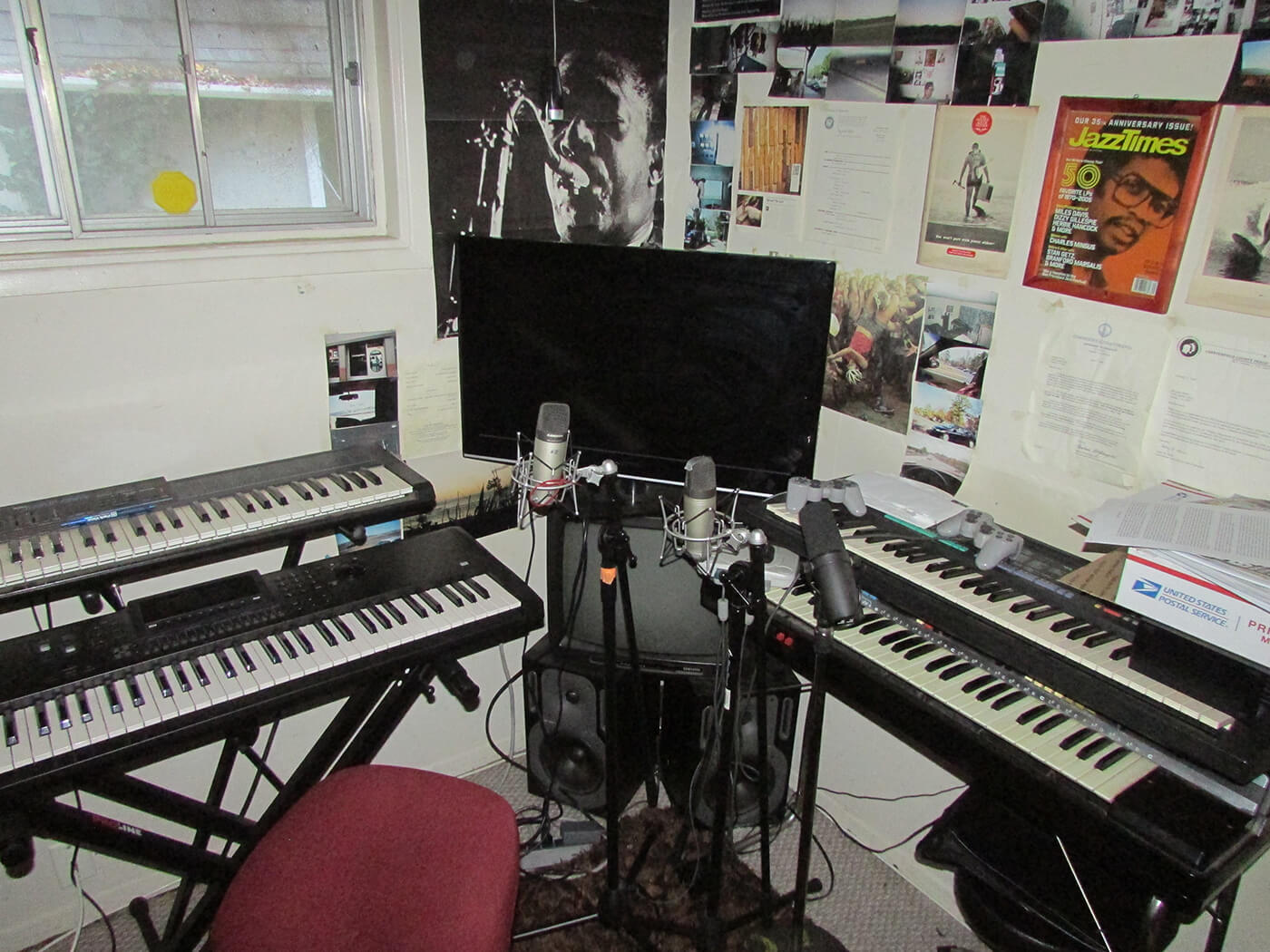
Tell us a bit about Jellowstone Studios.
Jellowstone has been here for about nine and a half years. It’s right on the line of the City of Richmond and Henrico County. My bandmates and I lived here together, and I moved all my gear here for us to share the communal space. I think of it as a sanctuary: I wanted it to be comfortable and warm, so the vibrations inspire you. It’s my home, so I want it to be comfortable on a personal level, but when it’s time to create, I can feel good about yielding results in a relaxed environment.
How do you use your studio?
Most of my work is done here at Jellowstone. I have a live room with various keyboards, drums, and microphones, which are always plugged in and ready to roll. I use Cubase, but I also use cassette and reel-to-reel tape. Sometimes I’ll play live, sometimes I’ll sample and program some things. It just depends on the project. I’ve hosted and produced other groups and bands here at the house, as well as worked out of other studios. The live room is literally the living room, with a snake that connects various mics, tube preamps, and drum machines to the console in the back control room.
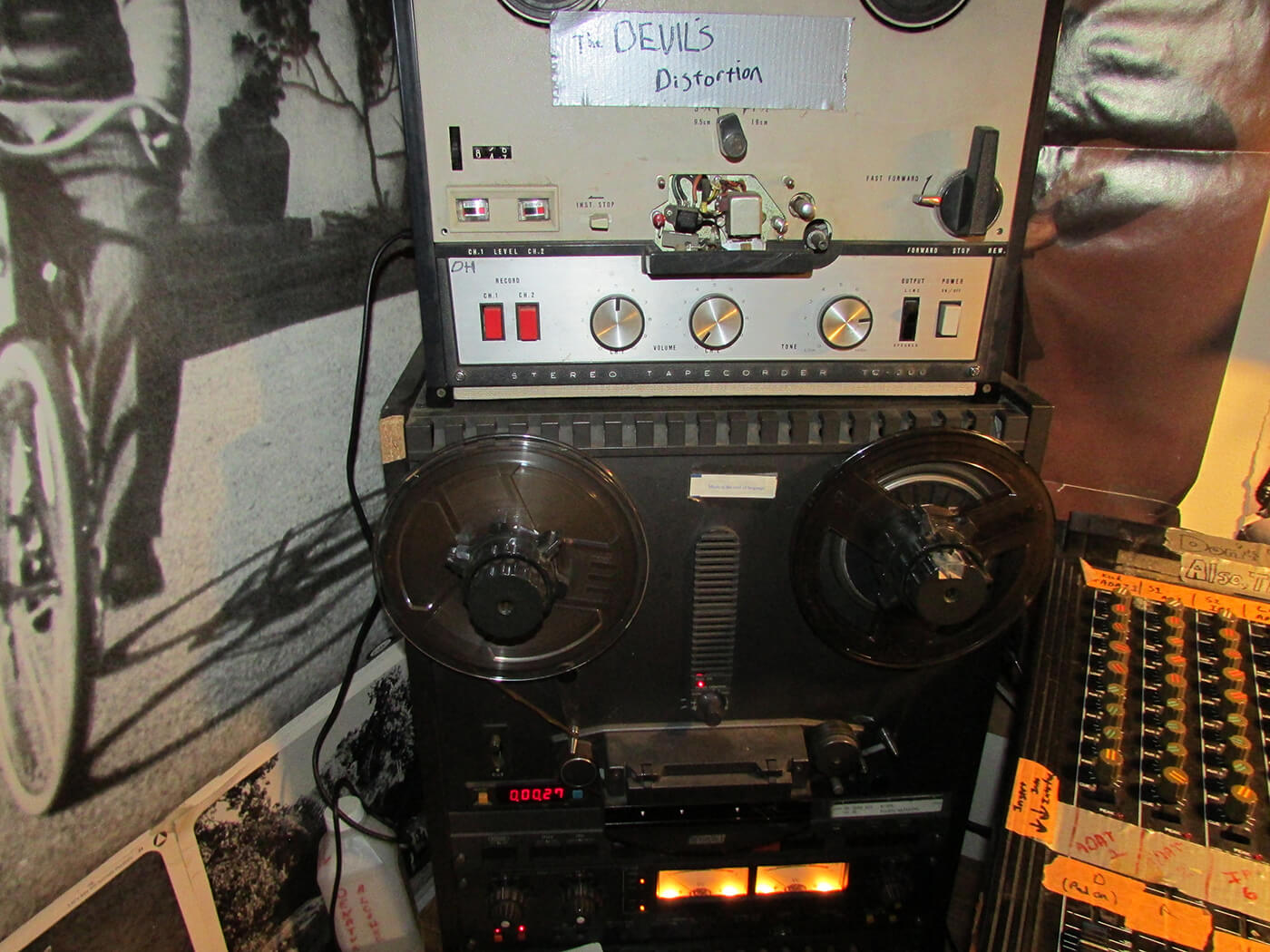
What atmosphere do you create in the studio, and how does the studio environment help your creativity?
A relaxed one, with incense, candles, mood lighting, and Christmas lights. I have to be comfortable to be able to create.
Which DAW do you use?
Cubase LE, FL Studio, SP-404, Akai MPC 1000, and tape. They’re the software and hardware I’m most acquainted with. We used the tape machine for All Purpose Music with Butcher Brown. I like the nostalgic feeling when I hear something on tape, and that Akai 4000DS definitely has its own vibe.
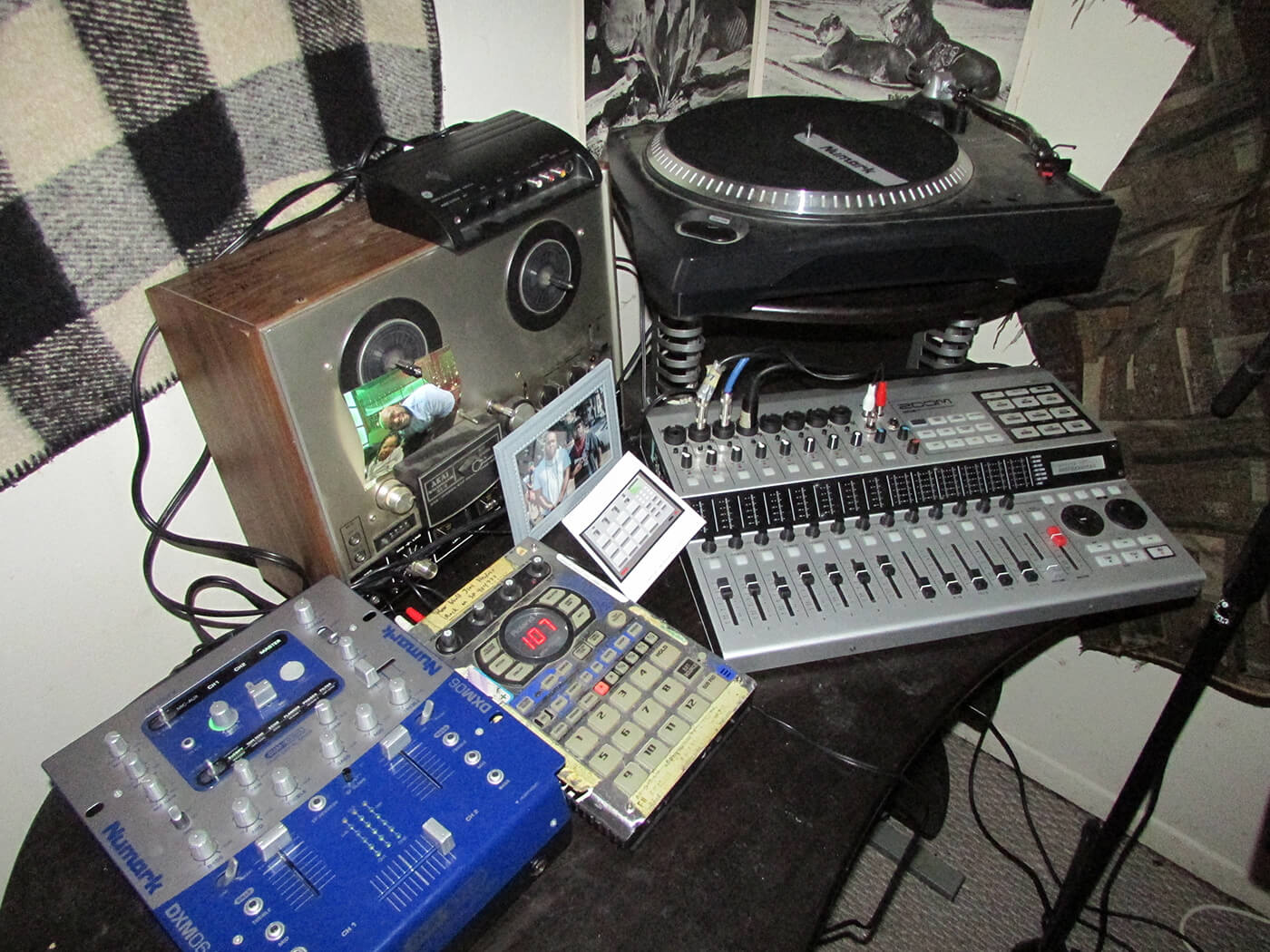
How has your work in Butcher Brown informed your solo process and workflow?
Being surrounded by such talented brethren keeps my skills sharp to play and absorb new ideas and energy from them. I’m always learning something new.
What is your favourite piece of gear?
It’s a tie between the SP-404 and Juno D. Those machines have so many practical uses. I used just those two to make certain beats sometimes.
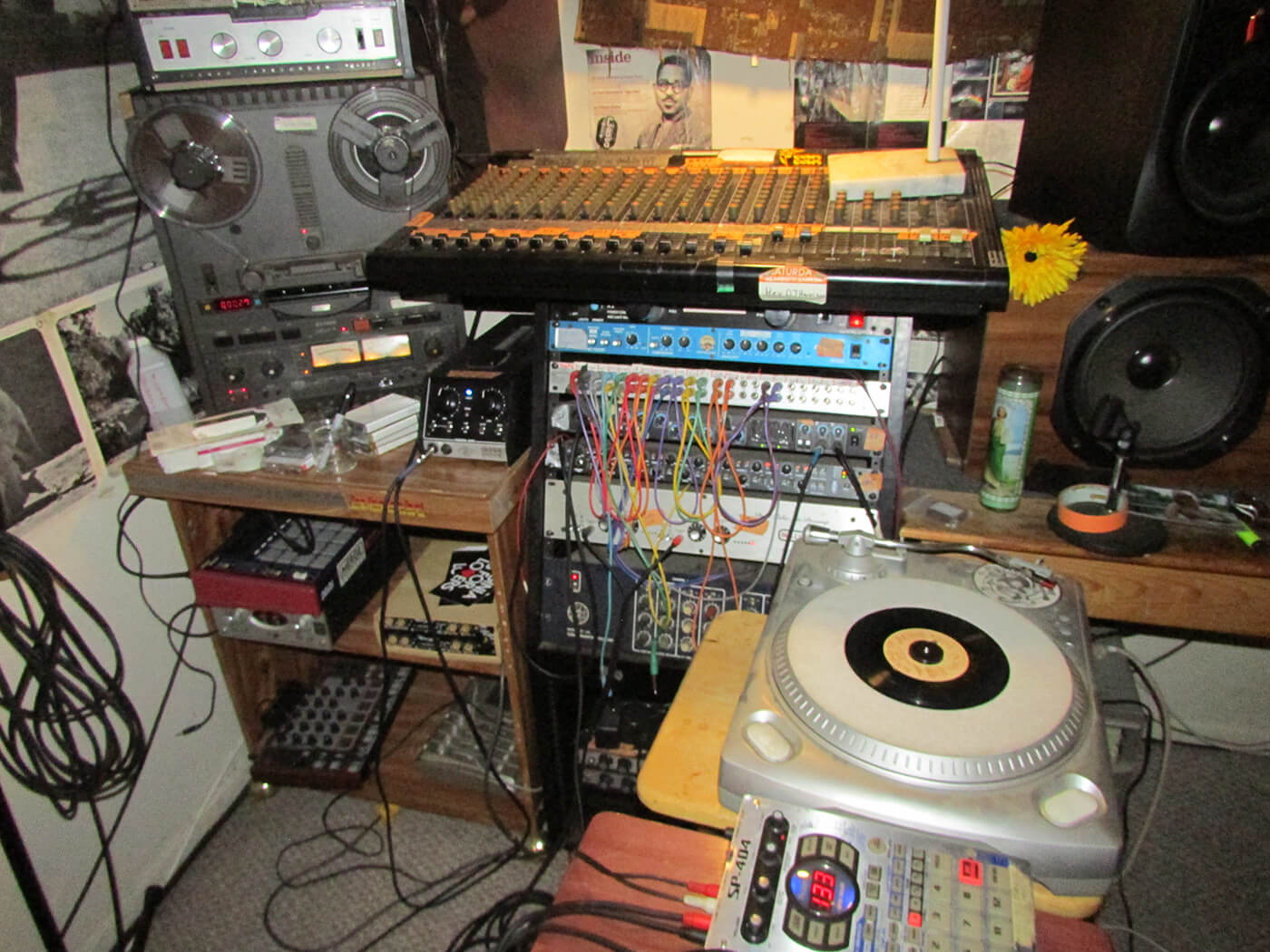
What synth or effect can be heard the most on your Tales from the Old Dominion?
Sitar Guitar, Arp Oddysey, Juno D, and the Kawai Electric Upright Piano.
You’ve got a few interesting effects pedals. How do you use them, and what are your favourites?
A lot of different pedals. With the patch bay, I can put any analogue effects pedal or processor on any microphone and instrument. But the Electro-Harmonix Q-Tron, Boss Digital Delay 6, Wah Wah, and MuTron Phaser are some of my favourites.
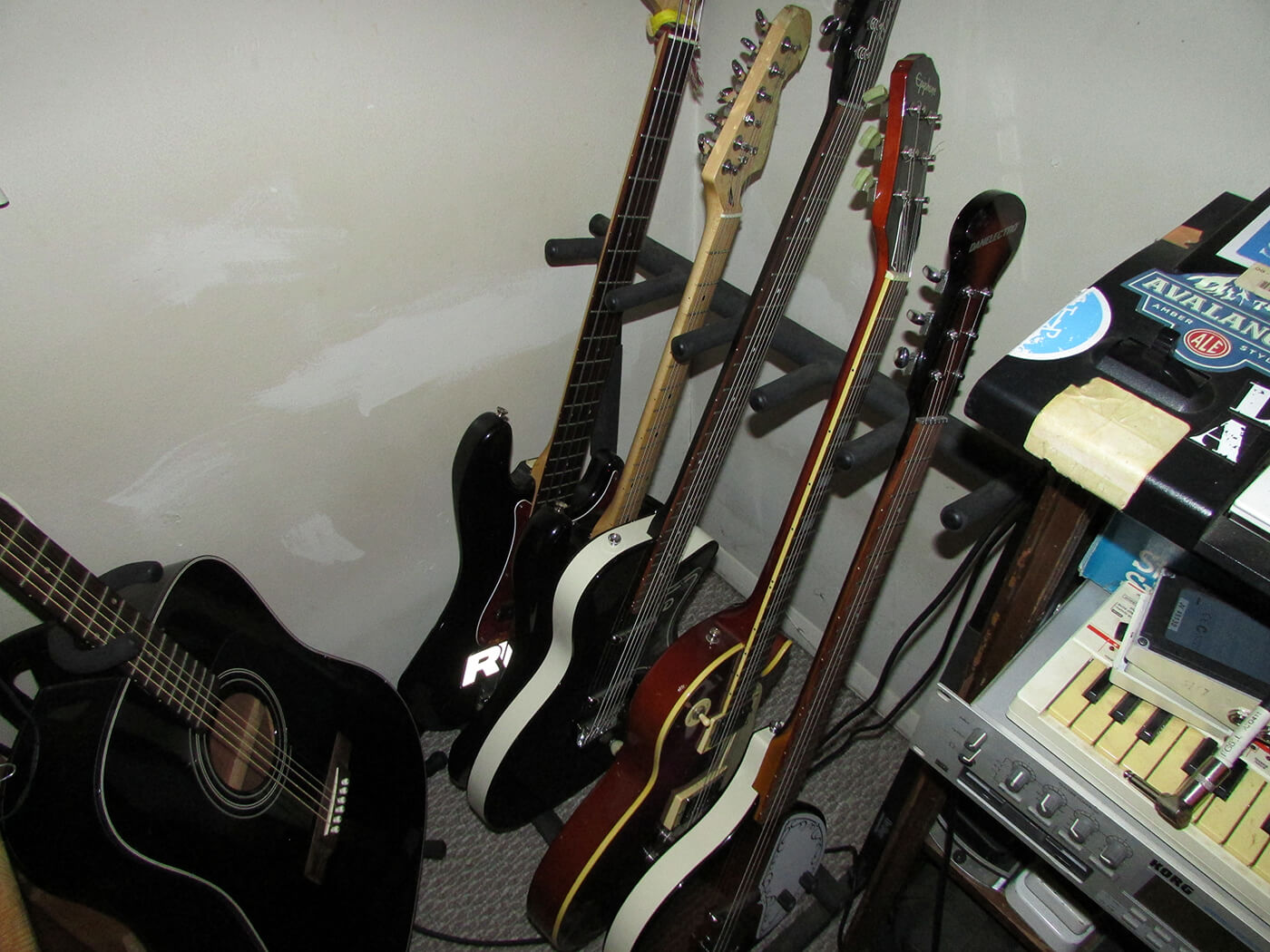
What’s been the biggest investment in your studio? Was it worth it?
Mac Mini! Definitely well worth it.
What is next on your shopping list studio-wise?
A new Mac Mini [laughs]! The time has come to upgrade.
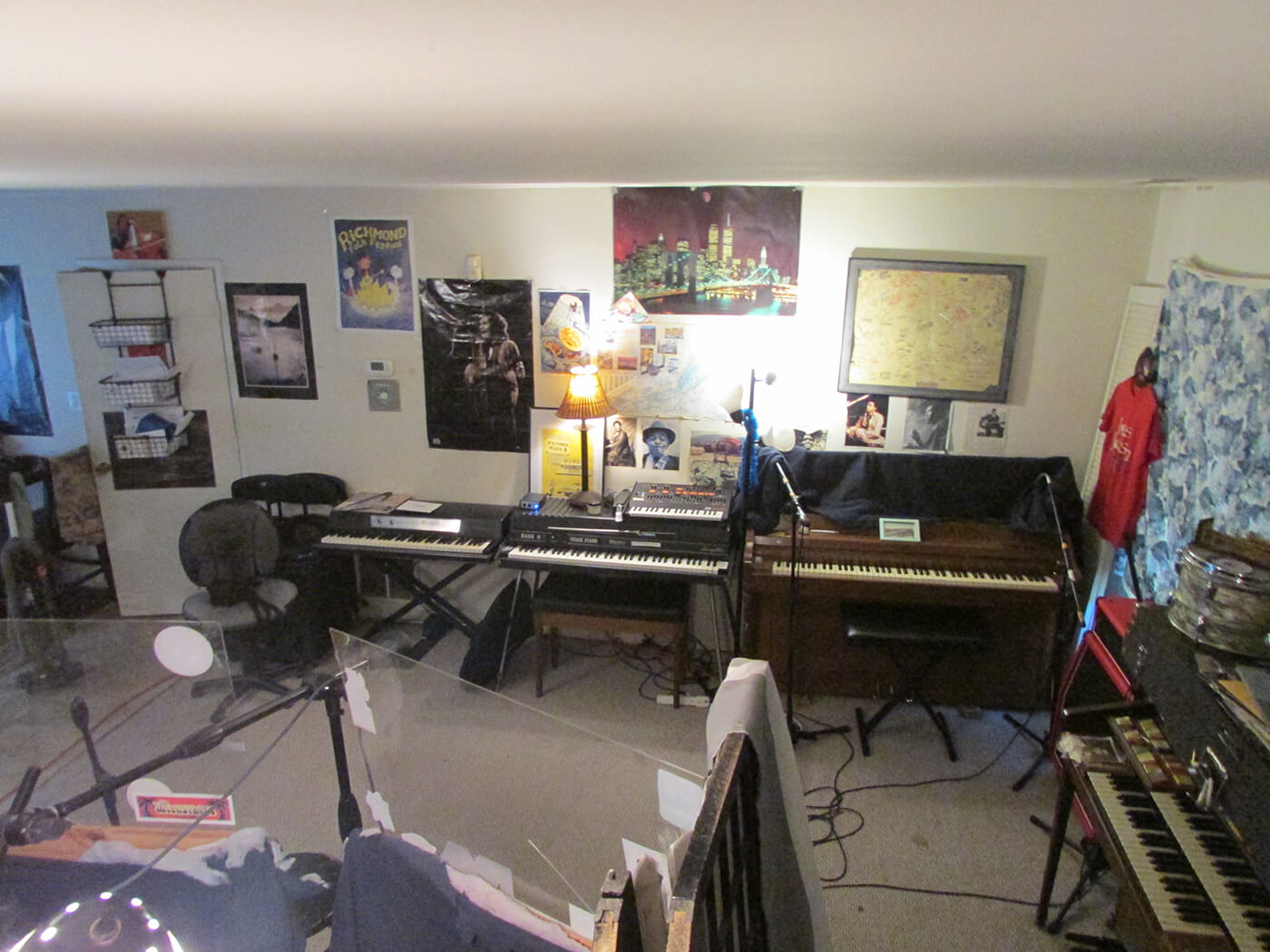
What is your dream piece of gear?
Studer or Otari MTR-90 two-inch 24 track tape machine. Most of my favourite records were done on those machines back in the day (and even now).
If we left you on a desert island, what one item would you take with you to make music with forever?
The SP-404: it’s portable enough to be mobile, but it can do so much.
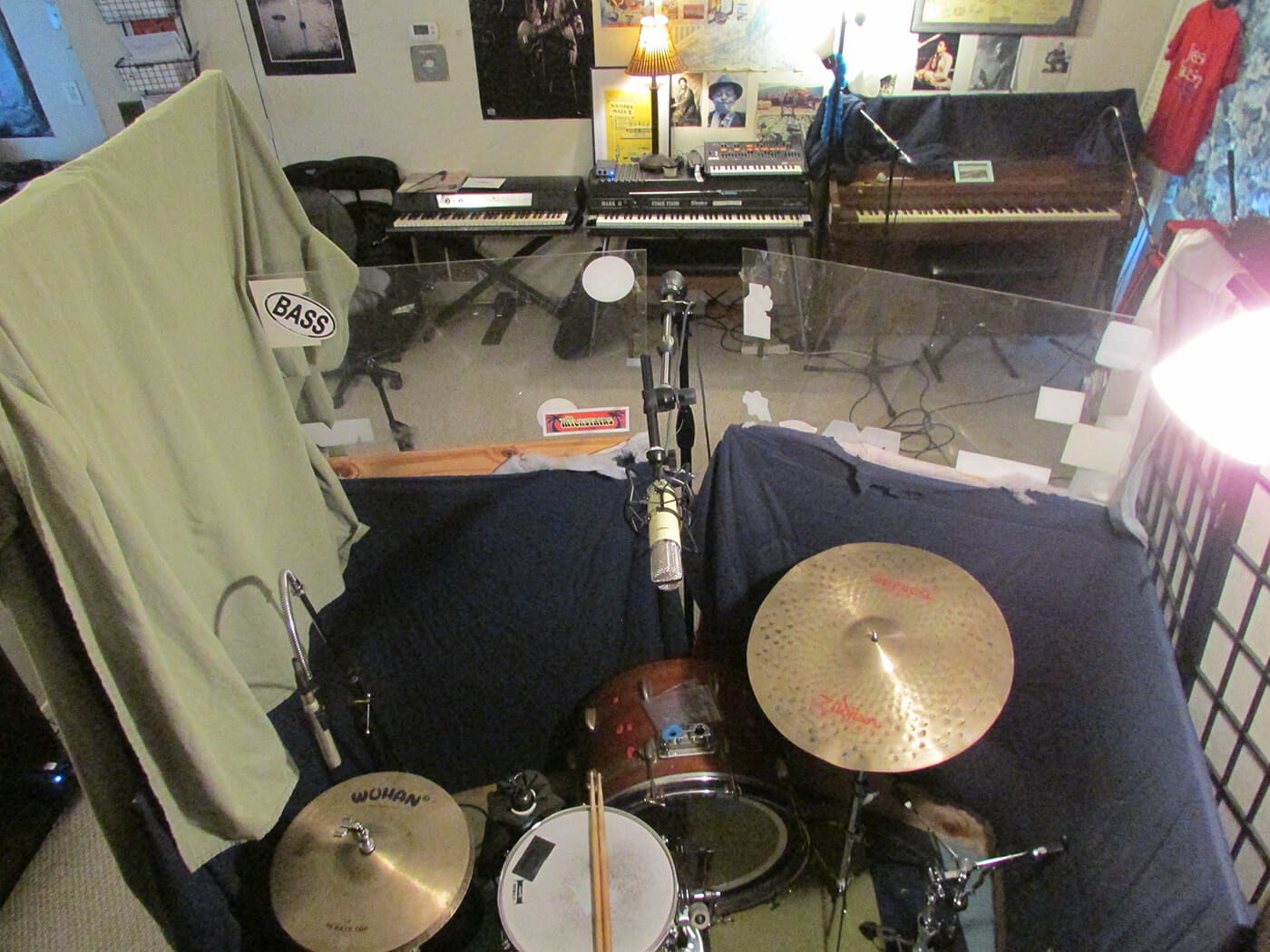
What is your top piece of production advice?
Believe in your sound and your identity. Have your own voice. Do you.
What is the one piece of advice you would give someone starting out building a studio?
It’s not about what kind of gear you have, but more about what you put into your art and what it gives back to you.